Guide to Solar Energy
- The usefulness of solar energy
- How it powers different systems
- Using PV panel systems or thermal technology
The world has come a long way from simply using fossil fuels as the makeshift source of power. Now there’s a clear shift towards using clean energy, such as photovoltaic (PV) panels, which generate electricity without using natural gas. As solar energy is incredibly versatile, it’s able to provide power and heating. In fact, more energy from the sun hits the Earth every hour than the world uses in a whole year.
This article will go through the many uses and benefits of solar energy and PV panels. It will also put you in touch with MCS registered installers. With the government’s push for net zero by 2050, it’s now more important than ever to find ways of reducing every country’s environmental impact. One of the main benefits of using solar panel systems is the huge savings they can provide. Read on to find out more.
Ready to make use of solar energy technologies? Use our online quote comparison tool to find out how much you’d pay. It only takes a minute.
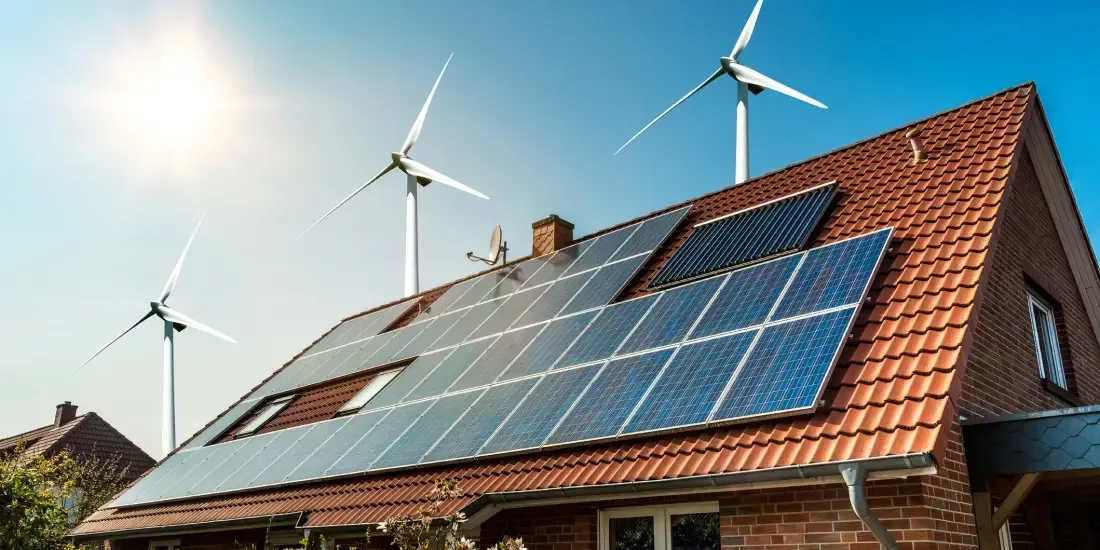
What's On This Page?
Click the links below and head straight to a specific section of the article.
What is Solar Energy?
Sunlight contains energy in the form of electromagnetic radiation. The Sun is a burning ball of gas and it takes around eight minutes for the energy to travel the distance to the Earth. Some of this energy is absorbed by the atmosphere, while other parts are scattered or reflected. As every part of the world receives sunlight at least some point throughout the year, there are ample opportunities to harness this energy.
What Affects the Amount of Solar Radiation We Receive?
The varying degrees of solar energy depend on:
Geography
Time of day
Season
Weather conditions
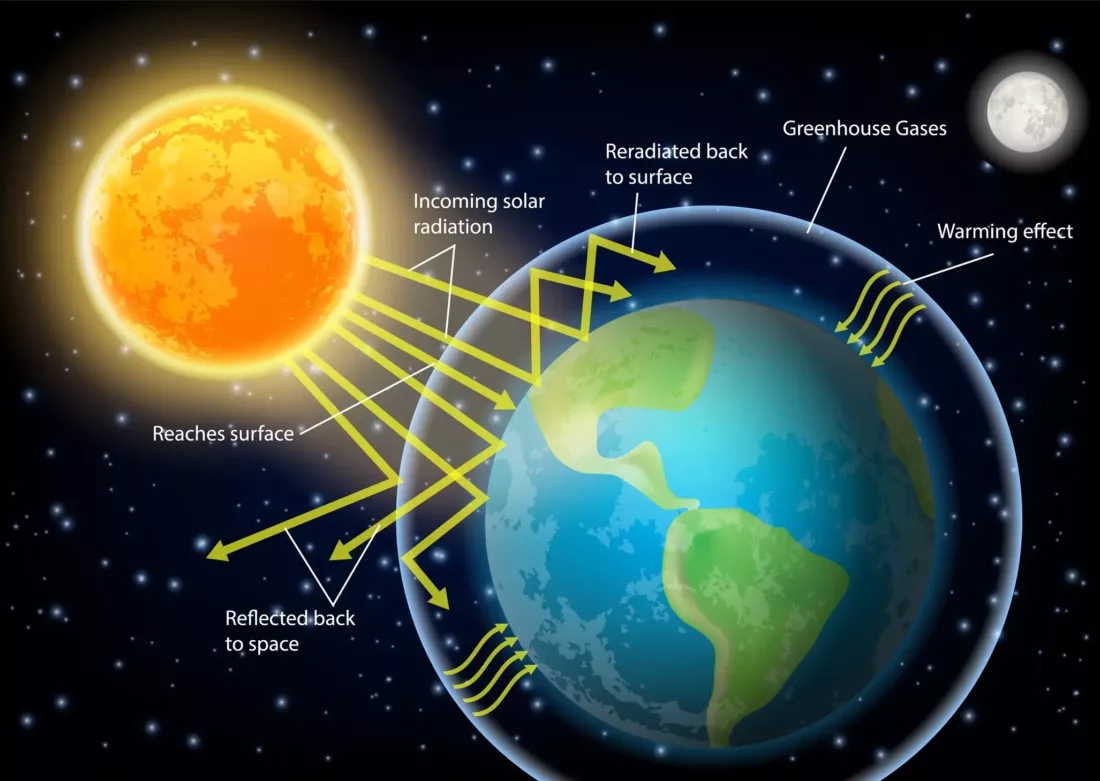
Depending on the tilt of the Earth, the time of year and the presence of clouds, fog and the like, we can receive more or less solar energy through the atmosphere.
How is Solar Energy Measured?
In terms of PV systems, the amount of solar radiation that hits a certain area is depicted in kilowatt-hours per metre squared (kWh/m²). More accurate measurements can be made in watts per metre squared (W/m²).
Space and water heating relying on solar energy is measured in British thermal units per square foot (Btu/ft²). The higher these figures, the more solar power available.
How Does Solar Power Work?
When sunlight is available, technology can either make use of the light or the heat to produce useable power. PV panels absorb some of the photons that hit them and transfer this to electricity. Solar thermal technology is warmed by the heat of the Sun to warm fluid through sealed coils to provide hot water. These processes are explained in detail in the next section.
Producing Electricity and Heat from Solar Energy
Electricity
PV panel technology works by absorbing photons from sunlight. Some of the electromagnetic rays are reflected or pass through solar cells, while some come into contact with the semiconducting layer. It’s the absorbed solar energy that is then transferred into renewable electricity. It’s worth noting that no panel is 100% efficient, so not all light that hits a panel is converted into useable energy.
When the semiconducting layer has received enough sunlight, the electrons are dislodged from the atoms and then migrate to the surface of the solar cell. The movement of the electrons simulates an electrical charge as an imbalance is caused. The electrical conductors of the PV panel then absorb these electrons, generating clean energy. This is produced as direct current (DC) energy, which needs to be converted to alternating current (AC) in order to power any appliance in the home.
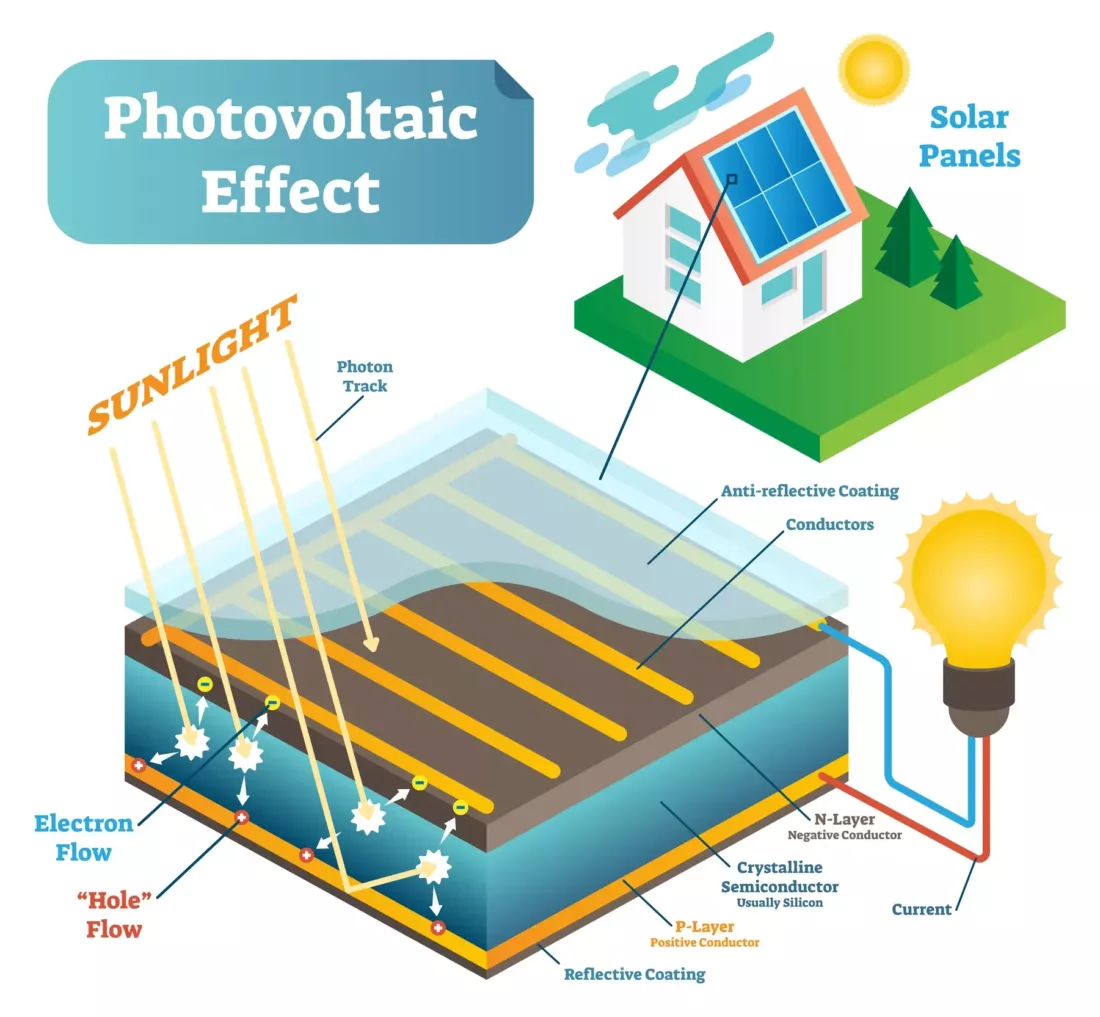
The way PV panels work means that there doesn’t have to be strong levels of sunlight for them to operate. While they work more efficiently during the brighter, summer months, they still work in overcast conditions and throughout the winter. The shorter days just mean that less electricity is generated through solar energy.
Heat
Solar thermal technology makes use of a flat-plate or evacuated tube collectors. Both systems are positioned towards the Sun to absorb the radiated solar energy, but tubes are much more efficient at capturing heat. The fluid inside the system is heated externally and pumped around a sealed circuit, which is linked to a coil inside a hot water cylinder. Like a natural immersion heater, this then provides you with hot water.
It’s estimated that you can save up to 60% on water heating costs by using solar thermal technology. Modern systems provide efficient heating throughout the year, even in the colder winter months. Whether you would prefer to have a supplemented hot water supply or free, renewable electricity is entirely down to you. Most roofs won’t have the space for both.
Ownership of Solar Power by Property Type
If you’re worried about whether you can have solar panels because of the type of property you have, it might set your mind at ease to know that all buildings are covered. Data from the MCS Installations Database shows that of all the solar PV installations last year, over 40% were on detached properties. While terraced homes were slightly lower at 17.7%, the lowest percentage of building type with solar panels were flats.
You can see how ownership by property type compares in the interactive graph below.
Pros and Cons of Solar Energy
Amongst all the advantages to solar power, there are some disadvantages. The initial cost of installing solar panels or thermal technology can be quite high, and unfortunately not every home will be suitable to have a system installed. This could be because of the orientation of your roof or a lack of sunlight due to shade or overhanging buildings.
On the plus side, the advantages of solar energy come in the form of being able to export energy to National Grid, and receive money for doing so. Thanks to the Smart Export Guarantee (SEG), you can receive payments from an energy supplier for surplus energy you won’t use, which helps create a modern, cleaner electricity grid.
You can see a full list of pros and cons in the table below. These focus more on PV panels.
If you’re not sure whether your home will be suitable, here’s everything you need to know before you get solar panels.
How Much Solar Costs
There are so many factors that influence what you would pay for solar energy technology. To get the most out of an electric system, you may consider purchasing a solar battery to go alongside it. This will increase the price you’d pay for your system.
Other factors that influence the cost are:
The size of your property
The size of your solar array
Which technology you opt for, such as solar roof tiles
How much power you’re looking to generate
According to Checkatrade, you can pay an average of £6,000 to £10,000 for a solar panel system, depending on how powerful you’d like it to be. These are averages and don’t take into account the full picture of your home, so you could end up with a system much cheaper than this.
To find out how much you’d pay, get a tailored quote by clicking on the button below.
To find out how much different solar energy technologies cost, including the payback period, take a look at our accompanying guide.
Maintenance Requirements
Solar panel systems don’t require much maintenance, but they can do with a little helping hand every now and again. Although rainfall will be able to wash away most dirt, accumulated pollen and muck can stick around for longer periods. Solar panel maintenance is generally straightforward, but it can be better to choose the services of a professional (especially at height) to make sure you’re capturing the most amount of solar energy.
Inverter
An inverter is the most important piece of equipment with a PV array. As it converts generated DC energy into useable AC power, it is in constant use, which means that it will wear down more quickly than other components. Without a working inverter, you cannot capture solar energy.
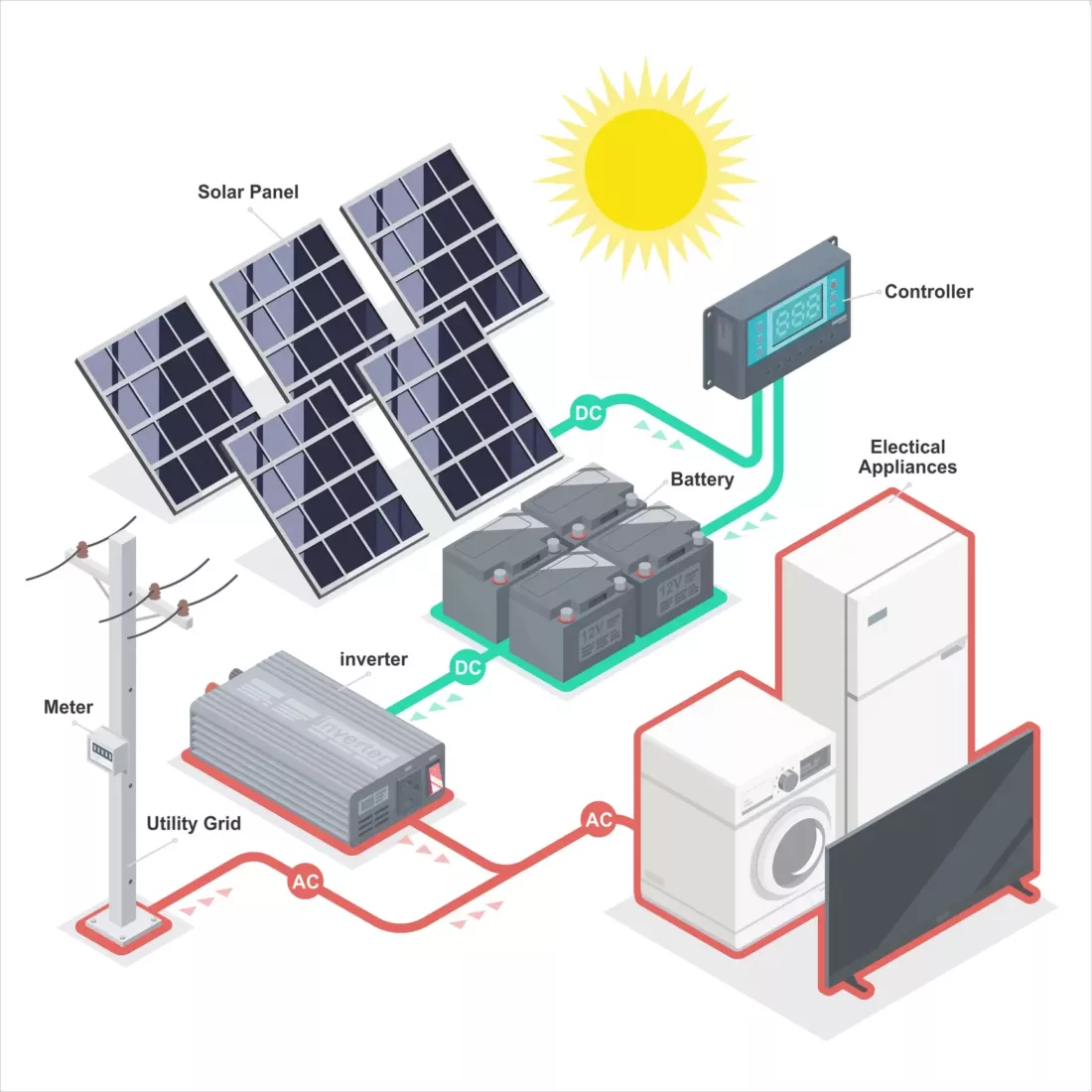
Solar arrays would usually last around 25 years a few years ago, but technology now allows them to operate for around 40–50 years. On the other hand, an inverter will only last 10–15 years, which means it will need to be replaced periodically throughout the lifespan of your PV panels. In order to receive valuable solar energy, you need to keep an eye on your inverter.
Costs to replace your inverter can be from £500–£800, depending on the model and the power output. During the consultation phase, it can be useful to ask the installer about how much an inverter replacement would cost. Just bear in mind that this estimate will change by the time you need to order a new inverter.
Making the Most of Solar Energy
Heavy electricity users will benefit the most from installing solar systems. As they operate by reducing your demand on the grid, your usage is essentially supplemented, offering instant savings. To get the most out of your system, you could consider using a solar battery to ensure there’s more solar energy stored that you can make use of when you need it.
Without a battery, your renewable electricity usage is only available if you’re at home during the day. If not, it will be exported to the grid and you will receive money for it. To make use of solar energy throughout the day if you’re not at home, you can delay power-hungry appliances to operate at peak times. This will lower your energy use.
The Best Home Setup
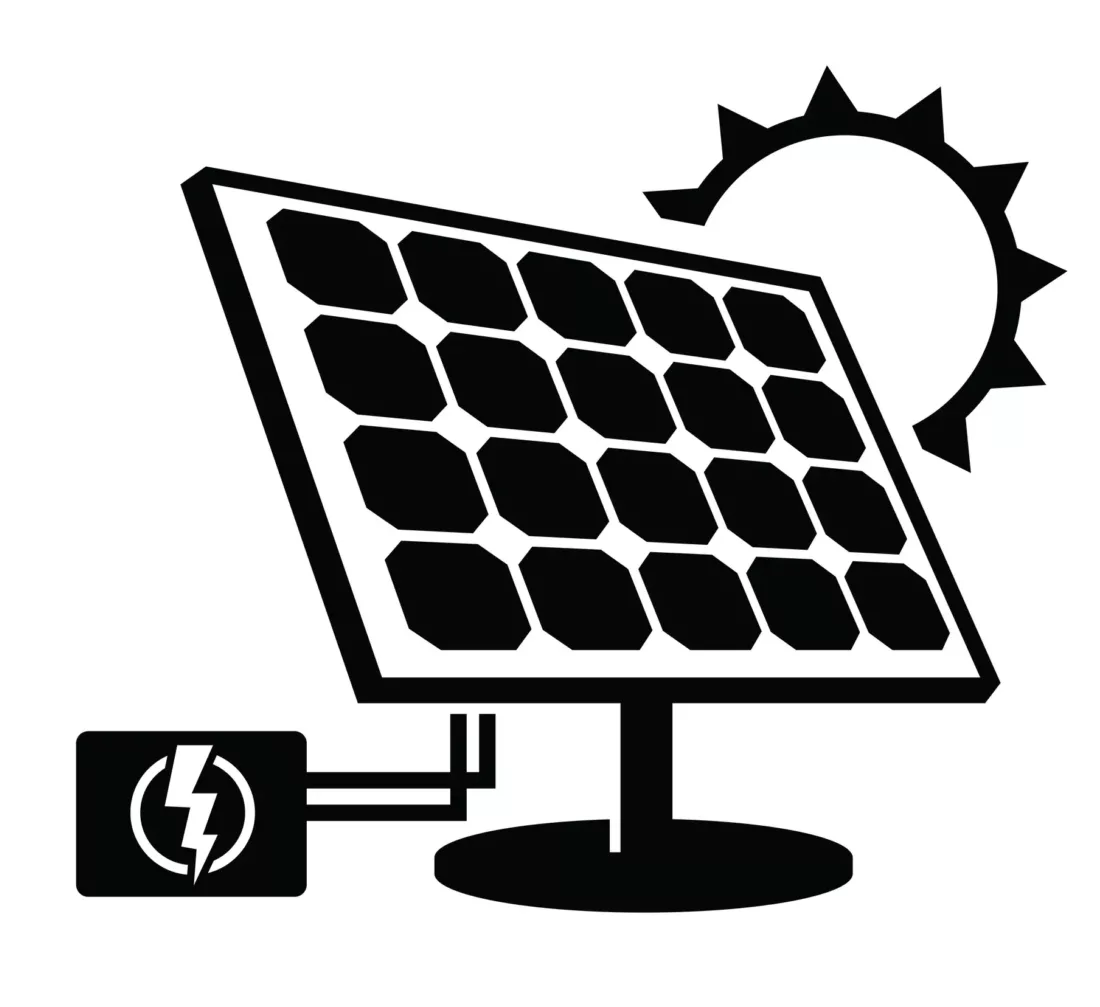
The orientation of your roof is the most crucial factor to determine whether you will benefit from solar panel systems. A south facing rooftop is ideal as it will capture the most amount of sunlight as it moves from east to west. Similarly, east and west facing roofs can still benefit, but not as much. If you have a south facing roof, the cost of installing solar energy capture will outweigh any benefits you’d receive as the system will be in the shade the majority of the time.
In order to go completely off grid, you would need a suitably sized solar array and an accompanying battery. Captured solar energy is stored and can be tapped into after dark, giving you opportunities to run lights and appliances in the evening and morning when you’re most likely to need them.
Are you ready to start your renewable journey? Use the button below to get in contact with local installers. They’ll give you competitive prices on solar energy technologies.
Related articles
View all Solar Panel articles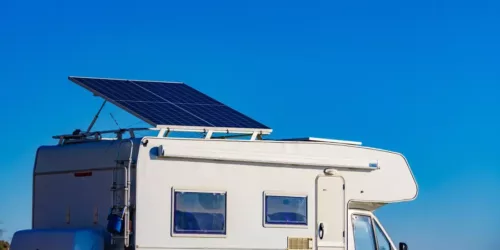
A Complete Guide to Caravan Solar Panels

Are Solar Panels Worth It in Wales?
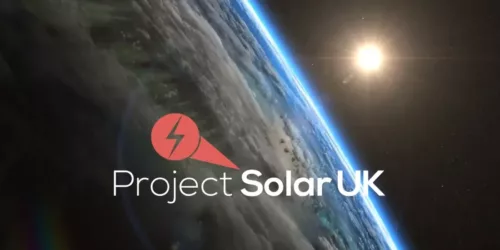
Project Solar UK: Company Overview
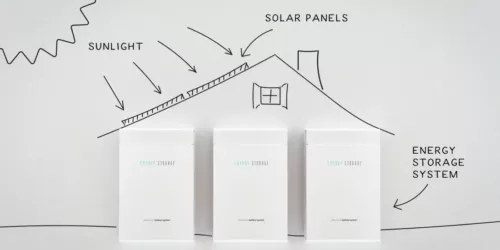
Battery Storage for Solar Panels Explained

Solar Panel Kits Explained - Everything You Need to Know
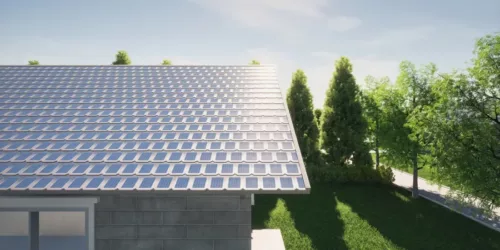
Are Solar Roofing Tiles Worth It?
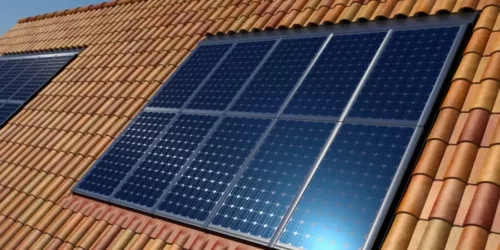
A Complete Guide to Roof Integrated Solar Panels







